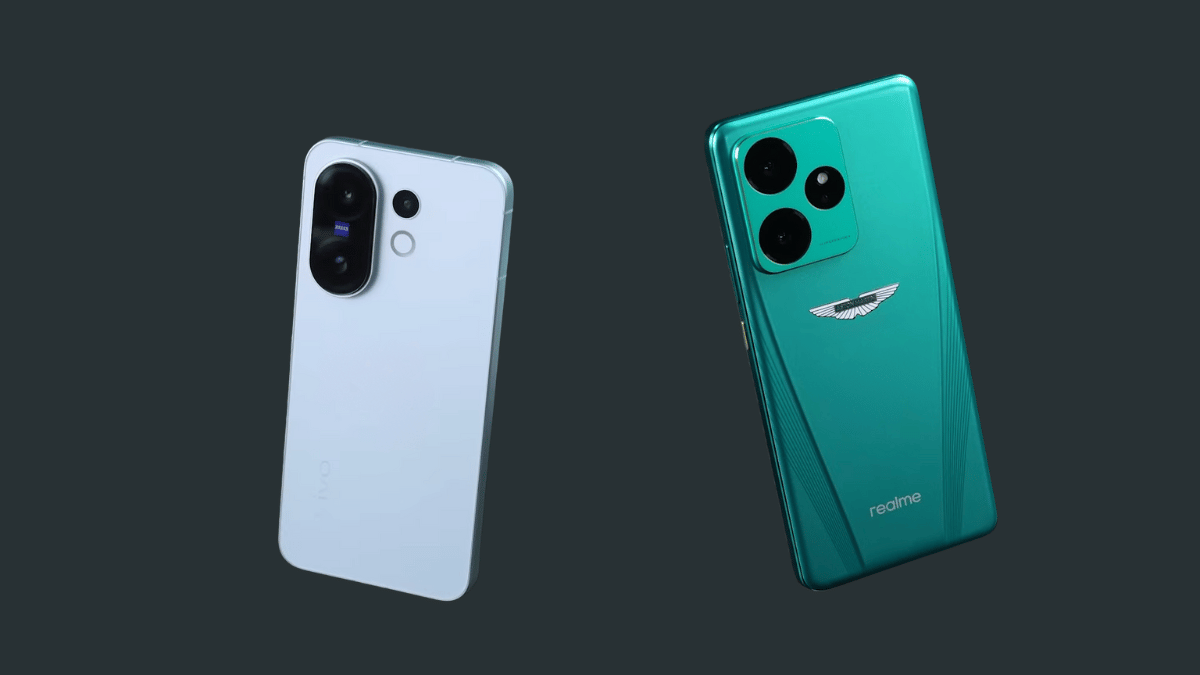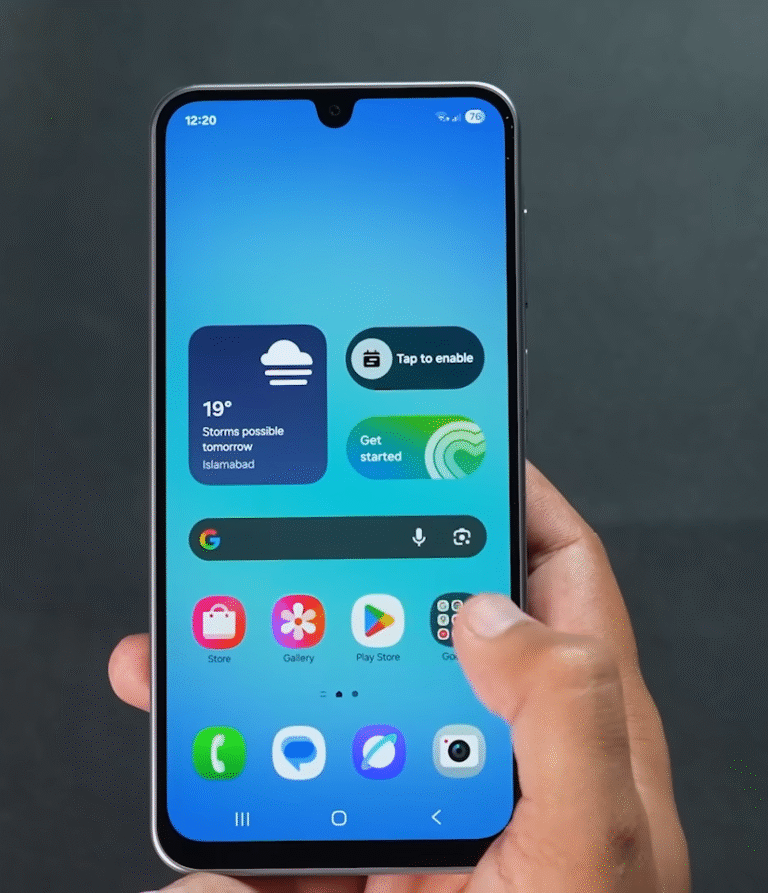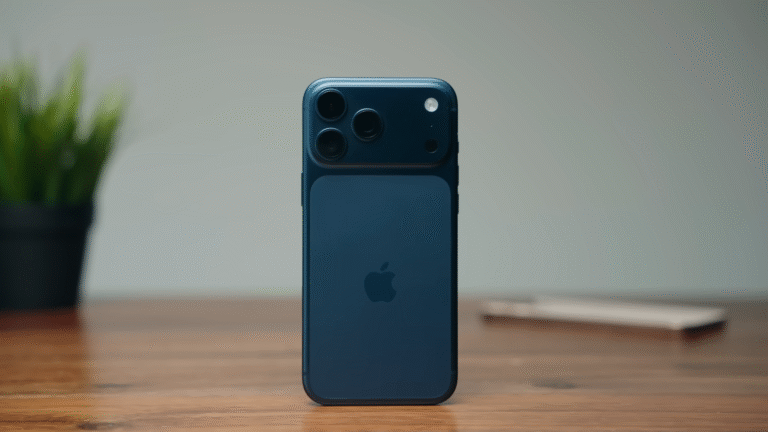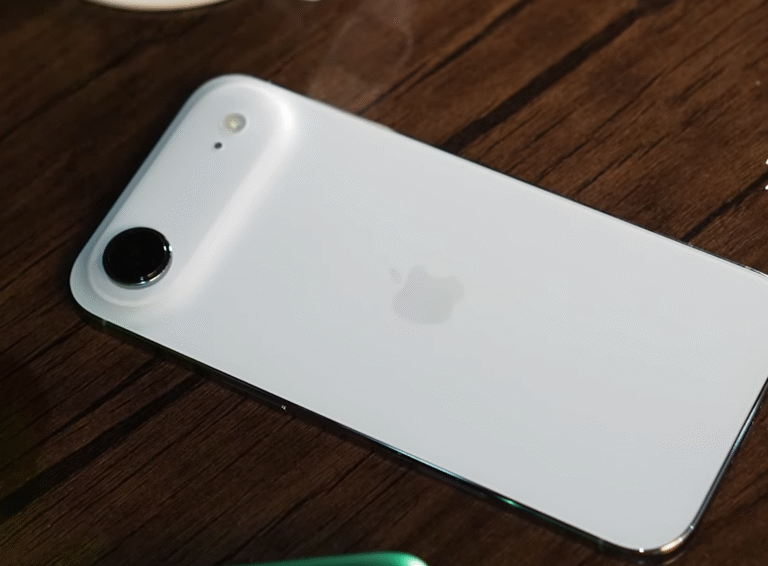
The Pakistani smartphone market has recently been flooded with new launches and exciting unboxings, but two names have been making a lot of noise among tech enthusiasts: the Vivo X200 FE and the Realme GT7 Dream Edition. Both of these devices fall into the same premium price category, typically available in the range of 185,000 to 200,000 PKR depending on discounts and storage options. While the Vivo X200 FE is widely accessible, the Realme GT7 Dream Edition stands out as a limited edition device, although its standard variant is also being sold around the same price point.
Because of the high demand for a head-to-head comparison, I decided to take both devices and dive into every aspect—design, display, performance, gaming, cameras, and real-world usability. This isn’t just about numbers on paper but about how these phones feel in daily life. Let’s break down what makes each one unique and, most importantly, which one gives you more value for your money.
Build and Form Factor
When you hold these two phones side by side, the difference in design philosophy is clear. Vivo has leaned into a compact and premium approach with the X200 FE. At 6.3 inches, with a sleek aluminum frame, just 8mm of thickness, and a weight of 191 grams, it feels balanced and comfortable in hand. The glass back and vertically aligned camera module also give it a fresh, modern look that immediately feels premium.
The Realme GT7 Dream Edition, however, is on the larger side. With a 6.78-inch body and a thickness of around 8.73mm, it’s slightly bulkier. The weight also climbs to about 211 grams for the Dream Edition, while the standard variant is a bit lighter at 206 grams. The back panel design varies too—on the Dream Edition you get a unique finish, while the regular model brings a glass back with a graphene layer, available in striking blue and black colors. Both devices support water resistance ratings, including IP68, which means underwater shots and protection from accidental splashes are no problem.
In terms of sheer comfort and compactness, the Vivo X200 FE takes the lead. Its lightweight body and slim form factor give it a premium feel that will appeal to those who don’t want to carry a bulky device. Still, the Realme GT7 doesn’t lag far behind and makes up with a bold design and durability.
Display Experience
The display war between these two is fascinating because both pack serious technology. On the Vivo X200 FE, you get a 6.31-inch AMOLED panel with 1.5K resolution and a refresh rate of 120Hz. The bezels are extremely minimal, giving a 92% screen-to-body ratio that makes the device look futuristic. Realme GT7 counters with a larger 6.78-inch display, also running at 1.5K resolution with the same high refresh rate.
However, the differences start showing up when you actually use them. Vivo’s smaller screen feels immersive because of the thin bezels, but Realme offers Dolby Vision support, something Vivo skips. Realme also shines brighter outdoors, boasting up to 6000 nits of peak brightness, compared to Vivo’s already impressive 5000 nits. If you’re someone who consumes HDR content or watches Netflix and YouTube outdoors frequently, the Realme display will look sharper and more vibrant.
On the other hand, those who prefer compact displays and one-handed usability will lean towards the Vivo. In gaming sessions, Realme’s higher touch sampling rate gives it an edge, making it more responsive during fast-paced titles like PUBG or Call of Duty Mobile. Both devices support in-display fingerprint scanners, always-on displays, and HDR10+, but the Realme’s addition of Dolby Vision and superior outdoor visibility can’t be ignored.
Performance and Hardware
This is where things really heat up. The Realme GT7 Dream Edition comes armed with the Snapdragon 8 Gen 3-based chipset, paired with LPDDR4X RAM and UFS 4.0 storage. Vivo, on the other hand, relies on the Dimensity 9300+ chipset, combined with LPDDR5X RAM and UFS 3.1 storage. On paper, this might look like a close fight, but benchmark numbers tell a different story.
Realme easily crosses the 2.1 million mark on AnTuTu benchmarks, while Vivo hovers around 1.8 to 1.9 million. That 200,000+ point gap translates into smoother gaming performance, faster multitasking, and a more consistent CPU throttle under heavy load. Realme also offers higher RAM/storage configurations like 16GB RAM and 512GB storage, whereas Vivo maxes out at 12GB RAM with 512GB storage.
In real-world use, this difference is noticeable. Realme not only supports 120fps gameplay on titles like PUBG, but it also remains cooler during long gaming sessions thanks to its advanced liquid cooling system and graphene-backed vapor chamber. Vivo manages 90fps gameplay, but it heats up more quickly under stress. Realme’s GT Mode further pushes performance, enhancing gaming response and keeping the device optimized for heavy workloads.
If you’re after raw performance and consistent gaming capabilities, the Realme GT7 Dream Edition takes the crown. Vivo, however, still holds its ground for casual users who want smooth multitasking and efficient performance without focusing heavily on gaming.
AI and Smart Features
Artificial intelligence has become an integral part of smartphones, and both these devices try to showcase their AI muscles. Vivo offers creative AI filters that allow you to tweak skies, moods, and artistic elements in photos. Realme, however, packs in more AI-centric tools, including AI planner, AI landscape enhancements, AI travel assistants, and advanced image processing features.
While both phones provide AI-powered photo enhancement and real-time improvements, Realme’s ecosystem feels slightly more versatile. Still, for day-to-day AI features like background changes, smart galleries, and photo optimizations, Vivo handles itself well.
Audio and Multimedia
Both phones support stereo speakers, but Realme pulls ahead again in execution. With its dedicated speaker grills and a balanced 60-40 audio split between top and bottom speakers, it produces clearer and louder sound compared to Vivo’s setup, which is more bottom-heavy with about 65% of audio output coming from the bottom.
This makes Realme better suited for those who consume a lot of multimedia, watch movies, or play games with sound effects. Vivo is still respectable, but the audio feels slightly less immersive when compared side by side.
Cameras and Video Recording
Cameras often play the deciding role for many buyers, and here both phones bring strong contenders. On the front, Vivo offers a 50MP sensor, while Realme goes with 32MP. Despite the megapixel gap, both deliver crisp selfies and cinematic bokeh videos. Realme offers the option to zoom (0.8X and 1X) in portrait videos, whereas Vivo provides the flexibility of shooting at 1080p 24fps for cinematic low-light footage.
On the rear side, Realme GT7 edges ahead with support for 8K video recording at 30fps, Dolby Vision HDR support, and up to 3X optical zoom. Vivo sticks to a maximum of 4K at 60fps, which is solid but slightly behind in terms of raw features. Stabilization on both devices is impressive, though Realme provides more versatility with additional zoom options.
For creators, vloggers, and those experimenting with advanced video formats, Realme is clearly the better choice. However, if you want reliable, straightforward video and photo performance with natural color science, Vivo still provides excellent results.
Final Verdict
At the end of the day, both the Vivo X200 FE and the Realme GT7 Dream Edition are powerful devices, but they appeal to different kinds of users. The Vivo X200 FE shines with its compact size, premium design, reliable camera system, and a balanced approach for users who want a flagship experience without going too heavy into gaming.
The Realme GT7 Dream Edition, however, dominates in raw performance, gaming, multimedia features, display brightness, and overall versatility. Its advanced cooling system, higher frame rate support, Dolby Vision, and 8K video recording make it a true powerhouse for enthusiasts.
If you want a compact flagship that feels classy in hand, Vivo is the better pick. But if performance, gaming, and multimedia matter more to you, the Realme GT7 Dream Edition is the obvious winner.



